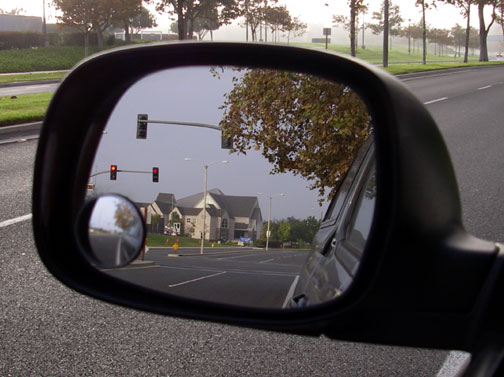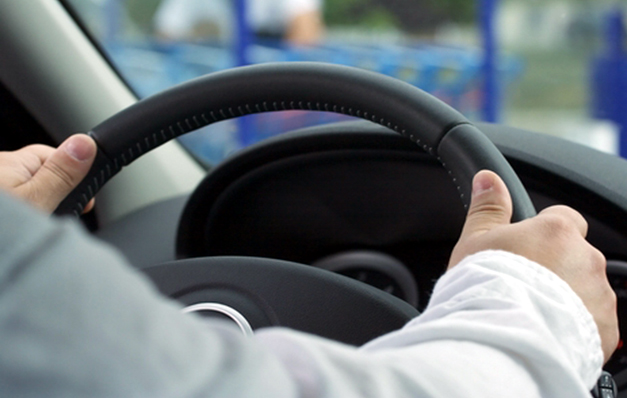After reading the article "Am I Ready for a New Car" and finally coming to the decision to replace your current car, often the next question to ask yourself is this: should I buy a new car... or a used car?
Unfortunately, there is no one-size-fits-all answer; everything is subjective. However, here are several advantages of each that can help you with the decision-making process.
New cars:
- Peace of mind. New cars are less likely to break down and remain mechanically sound for many years after purchase. The new vehicle likely won't need new tires, a battery, exhaust system or brakes during the first few years of ownership or longer. Competitive warranties can help cover repair costs, and can range from 3-5 years or cover a certain number of kilometers. In addition to a comprehensive warranty, virtually all mainstream new cars come with free roadside assistance while the vehicle remains under warranty. Furthermore, if you encounter significant problems, state lemon laws allow you to replace your new car or get your money back, if you can prove that your car is a "lemon" (a defect).
- Features. New cars often come with the latest, coolest features. For example, they are more likely have better safety features, be more fuel efficient, and emit fewer and less harmful chemicals into the environment. They can also be made to order and customized according to your individual needs.
- Financing. Loans for new vehicles are easier to secure and come with cheaper rates, since its current value is absolute and its eventual value is easier to gauge (which means less guesswork involved for lenders). If you have good credit (720+), you may have fewer problems buying a new car with little or no down payment, and many manufacturers offer rebates, cash incentives, and discounted financing.
Used cars:
- Increased choice. There are thousands of used cars available for purchase, ranging from newer models to collectable cars to well-maintained and serviced older cars. The key is in the research, most of which can be accomplished online.
- Better prices. There are multiple reasons why used cars are cheaper than new ones. First of all is depreciation, since most cars lose up to 20% of its value the first time it is driven out of the dealer's parking lot, and up to 40% of its value within its first three years. Dealers also need to make a profit and pay for overheads such as premises and staff; used cars are often bought privately, which allows you to bypass the dealer mark-up. Furthermore, insurance rates are often lower for used cars. However, be sure to take ongoing motor costs into account when comparing prices, since replacement parts and maintenance can be costly.
Picture courtesy: https://blogger.googleusercontent.com/img/b/R29vZ2xl/AVvXsEgfkxZf4XMM8305hADJlC2RsVUZvSVvqNiK1-rg4R3Prd6lo86-Bnah-crfXEe0RUuBj-tkmgdD2-w3l23YwtBkkg203BiL4hBFPC0mBtLL-bdJRG7kiTjyDmGLJStDQ4ygTFuiSmCs-hE/s1600/old+and+new.jpg




